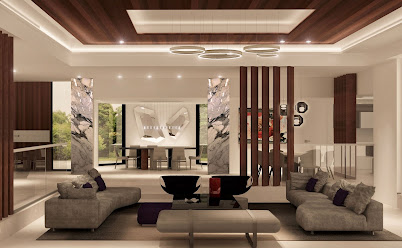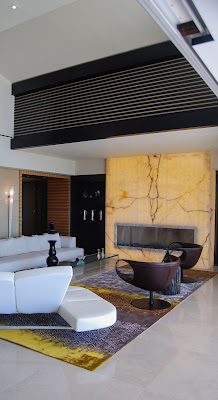Breaking Down The Most Overlooked Elements In Commercial Interior Design
Commercial interior design allows businesses to create an environment that reflects their brand and meets the needs of employees and clients alike. Still, with so many different options at your disposal, it can be hard to know which ones will actually impact your business’s bottom line and reputation.
That’s why we spoke with some of the top commercial interior designers in our industry to find out which commercial interior design elements they felt were most overlooked by business owners today. So, you can prioritize these key components in the next phase of your interiors; the design project!
Let’s have a look at some of the most overlooked elements in commercial interior design:
- Lighting
Lighting is one of the most important elements in any interior design project, and yet it is often overlooked or underestimated by business owners. Good lighting can help create a sense of calm and comfort in your space, improving employee productivity and mood while also highlighting key features like displays or artwork.
- Color palette.
The colors you choose for your space can have a big impact on the overall feel of the room, so it’s important to select a palette that reflects your brand and the type of atmosphere you want to create. As per a commercial interior designer- avoid using too many different colors, as this can be overwhelming, and stick to a few key shades that work well together.
- Furniture
Choosing the right furniture is essential for maximizing comfort and functionality in your space, as well as creating a cohesive overall aesthetic. Ideally, you should choose pieces that are both comfortable and functional, such as ergonomic office chairs or desks that can easily be reconfigured to suit changing needs over time.
- Natural elements
Incorporating natural elements into your design can help to create a more relaxing and inviting atmosphere, as well as improve air quality. Consider adding plants, using natural materials like wood or stone, or incorporating water features such as fountains or aquariums.
- Acoustics
Poor acoustics can be a major source of stress and distraction in the workplace, so it’s important to consider this when designing your space. Use sound-absorbing materials like carpets or curtains, and avoid hard surfaces like glass or metal that can amplify noise.
- Technology
With more and more businesses relying on technology to operate, it’s important to create a space that accommodates this need. Make sure there are enough outlets and charging stations for all of your devices, and consider incorporating technology into furniture or décor items like digital signage or interactive displays.
- Wayfinding and signage
Wayfinding and signage are important for both functional and aesthetic purposes, helping people to navigate your space and find their way to specific areas or products. Make sure signs are clear and easy to read and use contrasting colors or materials to help them stand out.
- Branding
Your commercial contemporary décor should reflect your brand and convey the right message to clients or customers. Incorporate your brand colors, logo, or other elements into your design, and make sure this is consistent across all of your marketing materials.
Ending Words
As you can see, there are many important elements that go into a successful commercial interior design or contemporary décor project. By prioritizing these key components, you can create a space that is not only beautiful and functional but also enhances your brand and improves the overall experience for employees and clients alike. Good luck!



Comments
Post a Comment